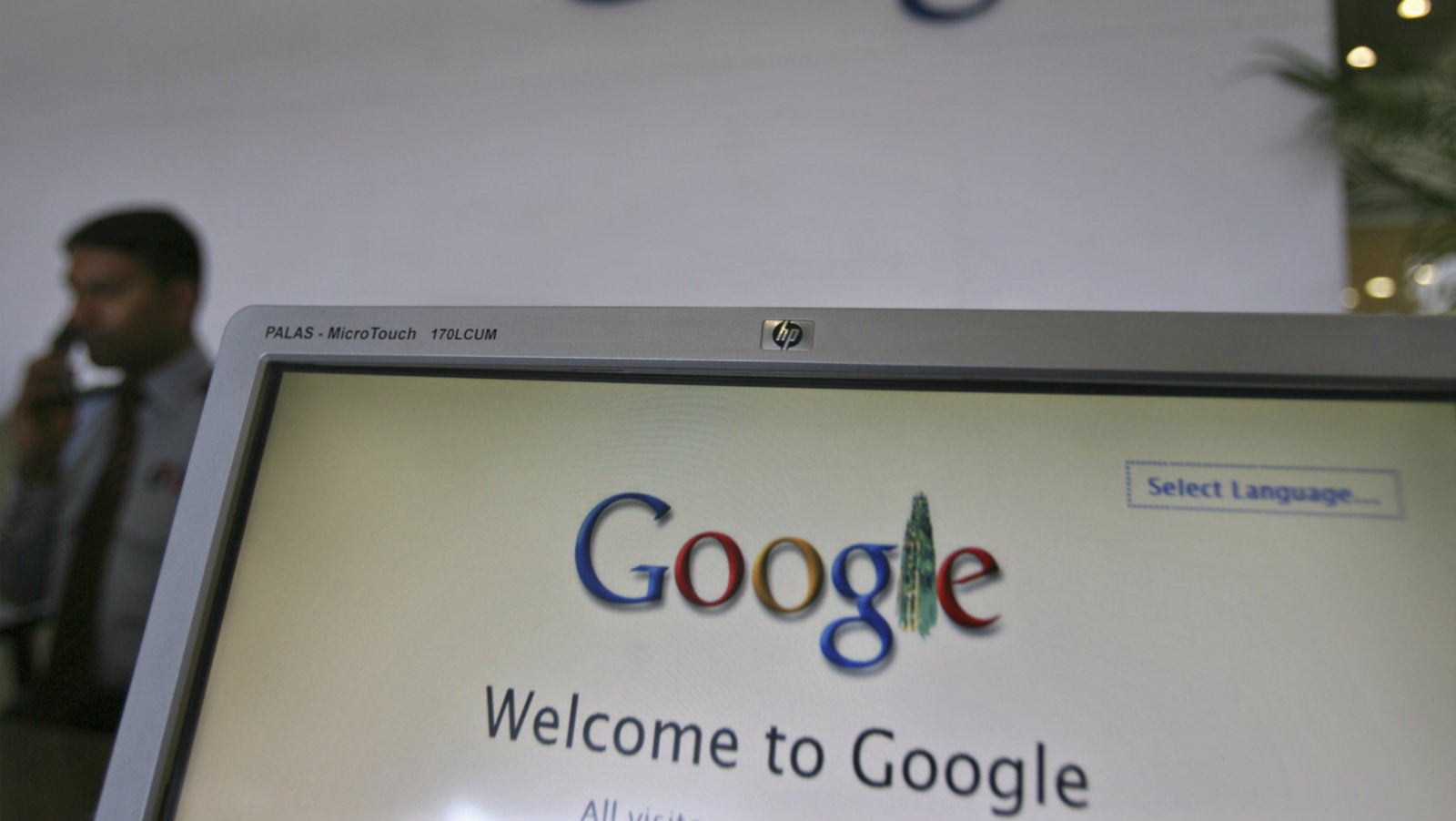Google’s plan to get the next billion Indians online: Bring out the Wi-Fi
India will have more internet users than the US by June 2016, but internet penetration in Asia’s third largest economy is still below 20%. No wonder the world’s internet behemoths are now all fighting for one prize: Connecting millions of unconnected Indians.


India will have more internet users than the US by June 2016, but internet penetration in Asia’s third largest economy is still below 20%. No wonder the world’s internet behemoths are now all fighting for one prize: Connecting millions of unconnected Indians.
For Facebook, it was Free Basics, the social network’s free but limited internet services initiative, till the plan was killed by India’s telecom regulator. Meanwhile, Microsoft is working to bring low-cost broadband internet to some 500,000 villages in India.
Google is coming at the problem from another direction. Last December, Google CEO Sundar Pichai announced ambitious plans to connect the country’s railway stations through Wi-Fi, and bring the internet to rural India. But the big challenge, according to Google India head Rajan Anandan, is execution, especially given the partnerships involved and the massive scale.
Anandan spoke to Quartz on the sidelines of an IT industry event in Mumbai last week. Here are some edited excerpts:
On the need to get India online
India today has 350 million users. So we need to get the next billion Indians online. To do that, we need two things. One, we should make sure that they can get connected. This is a combination of affordable devices and affordable connectivity. And the second is that we need to make sure the internet is useful for them. The products and services should be useful and can transform their lives.
On Google’s plans
We (Google) are focused on both of those. So, if you look at connecting Indians, clearly, Android is the smartphone platform where we are very focused on making it more and more affordable. But we are making sure we have affordable high-quality smartphones. On the access and connectivity front, we are making a big bet on Wi-Fi. We’ve launched free high speed Wi-Fi at the Mumbai Central railway station. By the end of the year, we’ll have 100 stations, and in three years we are going to have 400. What is exciting about the 400 stations is that once fully rolled out, that will cover 300-400 million Indians who pass through these stations. We are also working with the government to see what works for Loon, our balloon-based technology where we provide very high-speed connectivity to rural areas at very affordable rates.
On customised initiatives for India
We want to make the internet useful. India has a billion people who are not fluent in English. We have an Android keyboard now in 11 Indian languages. We are making sure all our products are aligned with these languages. Local language is a big focus. The other part is that we are making sure our products work well in Indian constraints like low bandwidth, connectivity, and affordability. So we took YouTube and Google Maps offline.
On challenges
I think the challenge really is that we need to execute (the plans). We’ve got the initiatives, we have the support. Sundar was here. He announced these initiatives, and now it is up to us to execute. And, obviously, we want to do a number of these things in partnerships. So, for instance, we are doing the helping women get online initiative with the Tata Trust. The railway Wi-Fi project is in partnership with RailTel. So, I would say execution and making sure that the partnerships you are forming, deliver the goals.